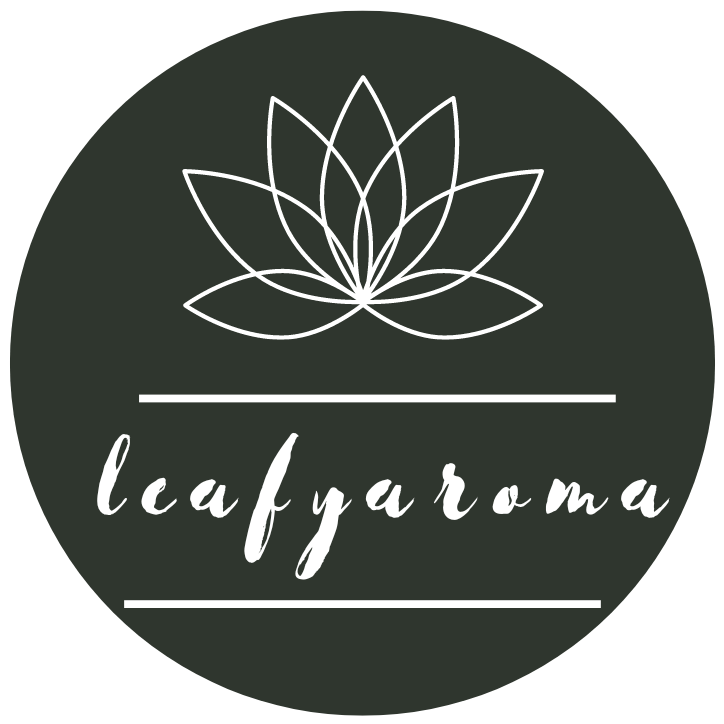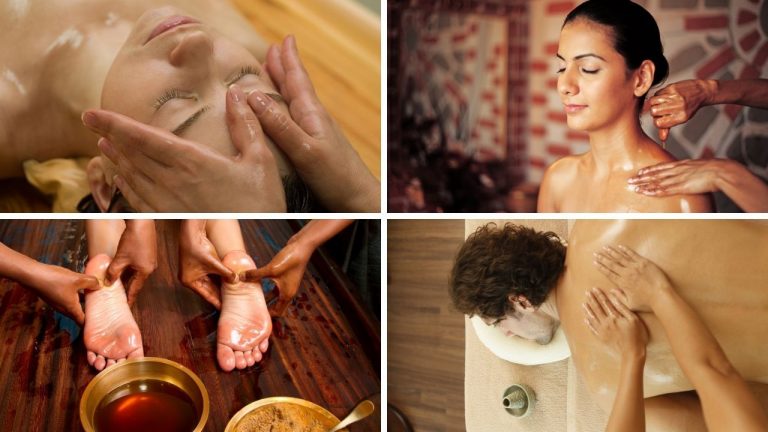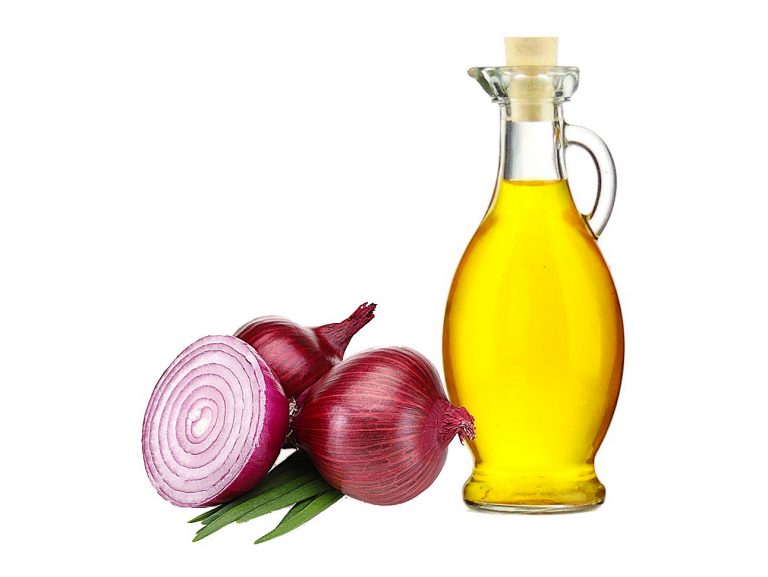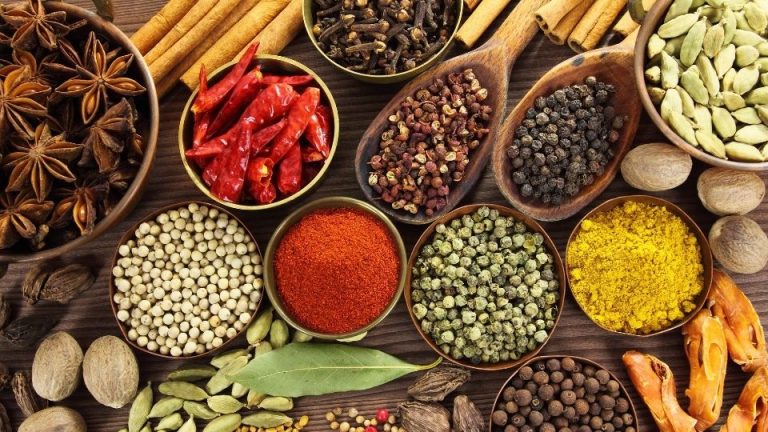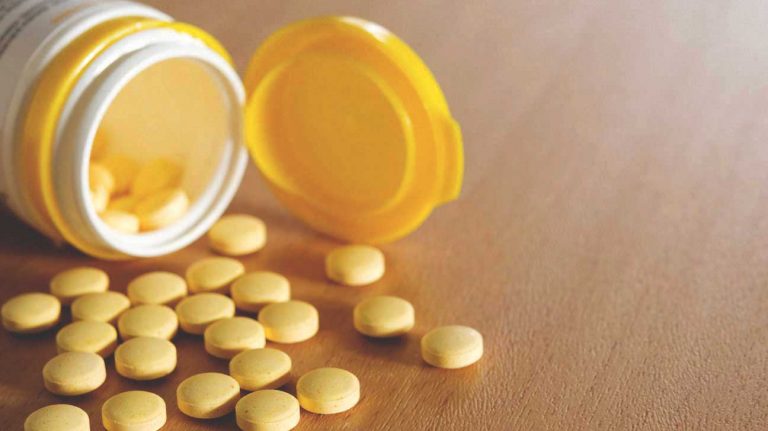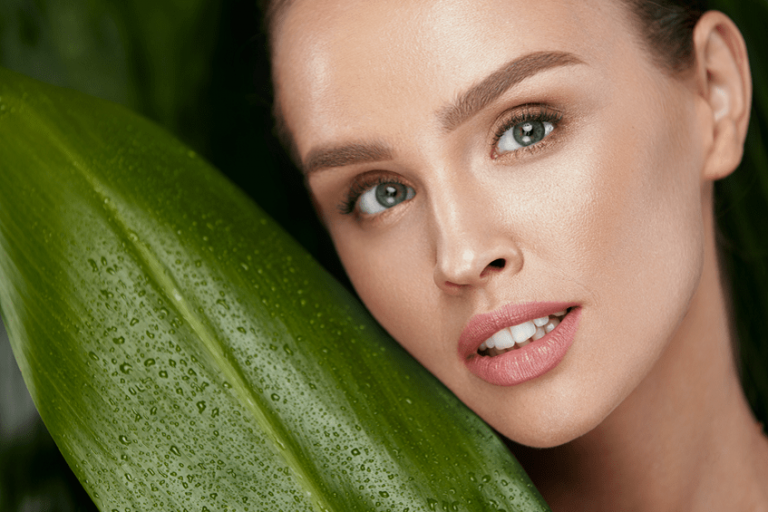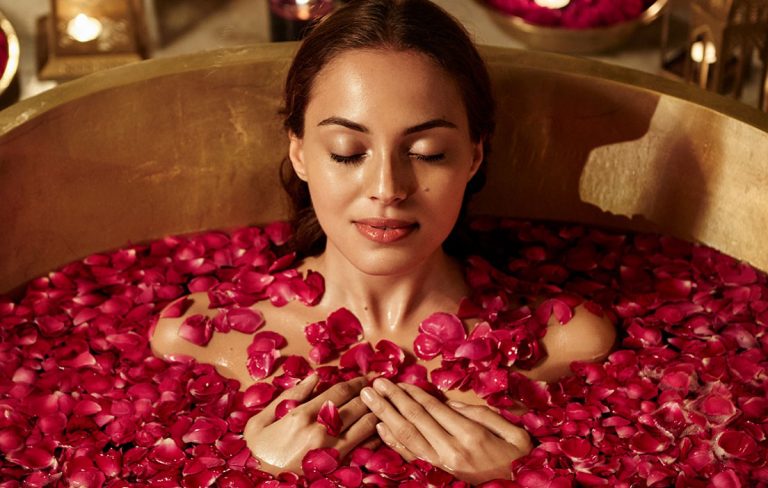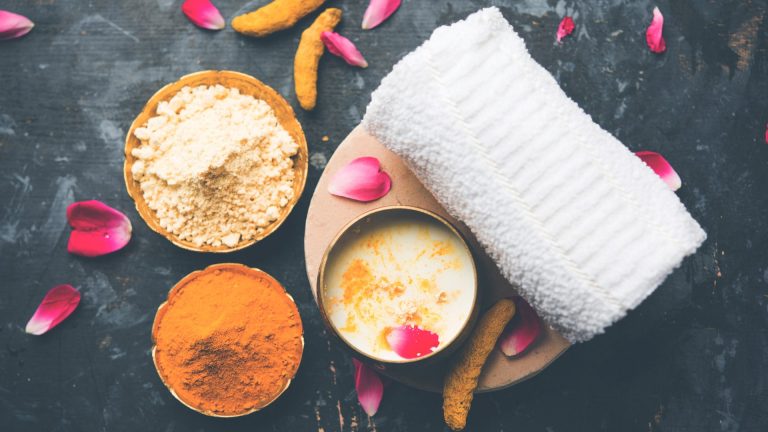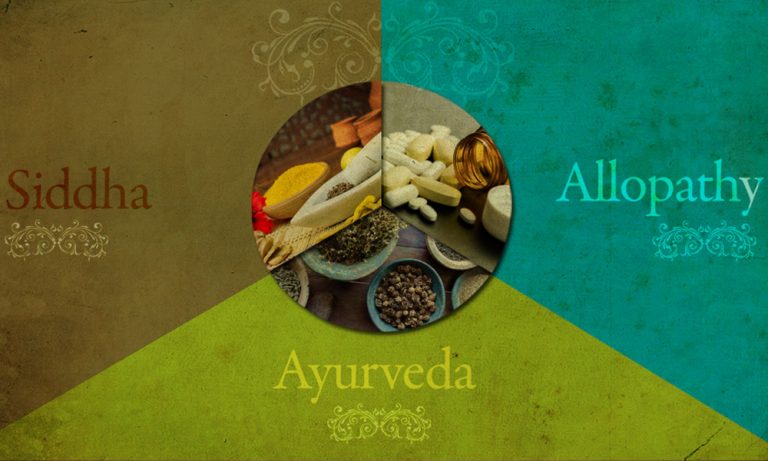Ayurvedic Massage is an ancient therapy with its longest history in the world. It includes various techniques, medicated oils, herbal pastes and herbal powders, which may vary person-to-person according to individualized needs and health condition. Ayurvedic massage serves relaxation as well as therapeutic action. According to ayurveda, it is the best therapy for all types of vata disorders (neuromuscular disorders).
Ayurvedic massage benefits to delay aging, tone skin and reduce tiredness. It nourishes the skin, improves tactile sensation, increases lifespan and improves sleep quality. Ayurvedic massage on feet improves eyesight.
Ayurvedic massage also promotes strength, enhances tolerance and increases stamina. It increases the firmness of the hair. Ayurvedic massage also benefits for children. In children, it boosts growth and provides strength to the body.
Therapeutically, it helps to prevent and treat body ache, physical debility and tiredness. In old age, it prevents physical debility and mental disorders.
What is Ayurvedic Massage?
There are several massage therapies are described in ayurveda, which are collectively known as Ayurvedic Massages. It can be oil massage or herbal powder massage. Your therapist can press specific energy points (also called Marma Points) according to your health condition and goal. All types of ayurvedic massage techniques are part of pre-operative procedures in Panchakarma modality of ayurveda.
Dosha Effects of Ayurvedic Massage
There are two types of ayurvedic massage based on its effects on Tridosha.
- Ayurvedic Oil Massage.
- Ayurvedic Powder Massage.
Ayurvedic oil massage primary reduces Vata Dosha. Ayurvedic powder massage primary reduces Kapha Dosha. However, based on the use of specific oil and herbal powder, the effects of ayurvedic massage on Dosha might differ. Special cooling oils are used in ayurvedic massage for pacifying Pitta Dosha as well.
Ayurvedic Oil Massage
Ayurveda provides a variety of medicated oils, which are used in ayurvedic massage. Based on your health goal and disease, ayurvedic practitioner can recommend better oil for you. Massage itself is very beneficial, but it becomes more efficacious when special oils according to Dosha are used for the ayurvedic massage. Here are a brief details:
Vata Dosha Oil
The following oils are well suitable for people with Vata Body Type or increased and aggravated Vata Dosha in their health condition.
- Ankoladi Tail (Head Massage).
- Balaswagandhadi Oil.
- Brahmi Oil (Head Massage).
- Dhanwantharam Oil.
- Maha Narayan Oil.
- Maharajaprasarini Thailam.
Pitta Dosha Oil
The following oils are well suitable for people with Pitta Body Type or aggravated Pitta Dosha in their health condition.
- Amla Yashtimadhu Oil.
- Amrutadi Thailam.
- Asana Vilwadi oil (head and ear massage).
- Chandanadi Thailam.
- Cow’s Ghee.
- Eladi Kera Thailam.
- Kayyanyadi oil (head massage).
- Neelibhringadi Oil (head massage).
- Shatavari Oil.
Kapha Dosha Oil
The following oils are well suitable for people with Kapha Body Type or increased Kapha Dosha in their health condition.
- Amla Mustard Oil.
- Amla Oil.
- Bhringraj Oil (head massage).
- Dhanwantharam Thailam.
- Dhurdhurapatradi Oil (head massage).
- Maha Bhringraj Oil (head massage).
- Medicated Mustard Oil.
Note: There are hundreds of types of medicated oils availablein ayurveda. Sometimes, all oils are not necessary. Some ayurvedic practitioner prepare a blend mixing several ayurvedic oils for each dosha and give name – Vata Oil, Pitta Oil and Kapha Oil. These blends are more effective and beneficial.
Ayurvedic Powder Massage
Ayurvedic powder massage is also called Udvartana Massage. It is beneficial for reducing Kapha Dosha in the body. A fine powder of astringent herbs is used in this massage, which liquefies the Kapha Dosha and fats underneath the skin. Generally, this type of massage is recommended for obese and over-weight people.

